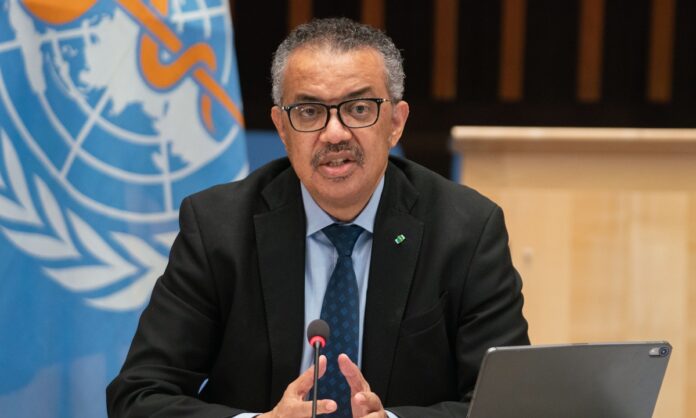The World Health Organization (WHO) has introduced new guidance aimed at improving telemedicine services globally, responding to the growing reliance on remote healthcare, especially after the COVID-19 pandemic. Telemedicine has become an essential way to provide care, but its rapid growth has revealed areas that need improvement to ensure better access and outcomes.
The WHO’s guidance prioritizes patient-centered care, safety, and equity in the delivery of telemedicine services. It encourages healthcare providers and policymakers to integrate telemedicine into existing health systems, ensuring it complements in-person care while expanding access to underserved populations, including rural and low-resource areas.
A key recommendation from the WHO is the importance of incorporating telemedicine into national health strategies, allowing for more effective management of healthcare resources and reducing pressure on already stretched systems. The guidance also emphasizes the need for secure and reliable digital platforms that safeguard patient privacy and confidentiality, critical in maintaining trust in remote healthcare services.
Additionally, the WHO highlights the need for standardized training for healthcare professionals, equipping them with the skills to effectively conduct virtual consultations. This includes not only mastering digital tools but also adapting clinical care to the unique demands of telemedicine.
This new guidance represents WHO’s continued commitment to leveraging innovation to address global health challenges. By promoting best practices and equitable access, the WHO aims to ensure that telemedicine is not just a temporary solution but a sustainable and inclusive part of healthcare delivery moving forward. With these recommendations, telemedicine can reach its full potential in improving patient care worldwide.




